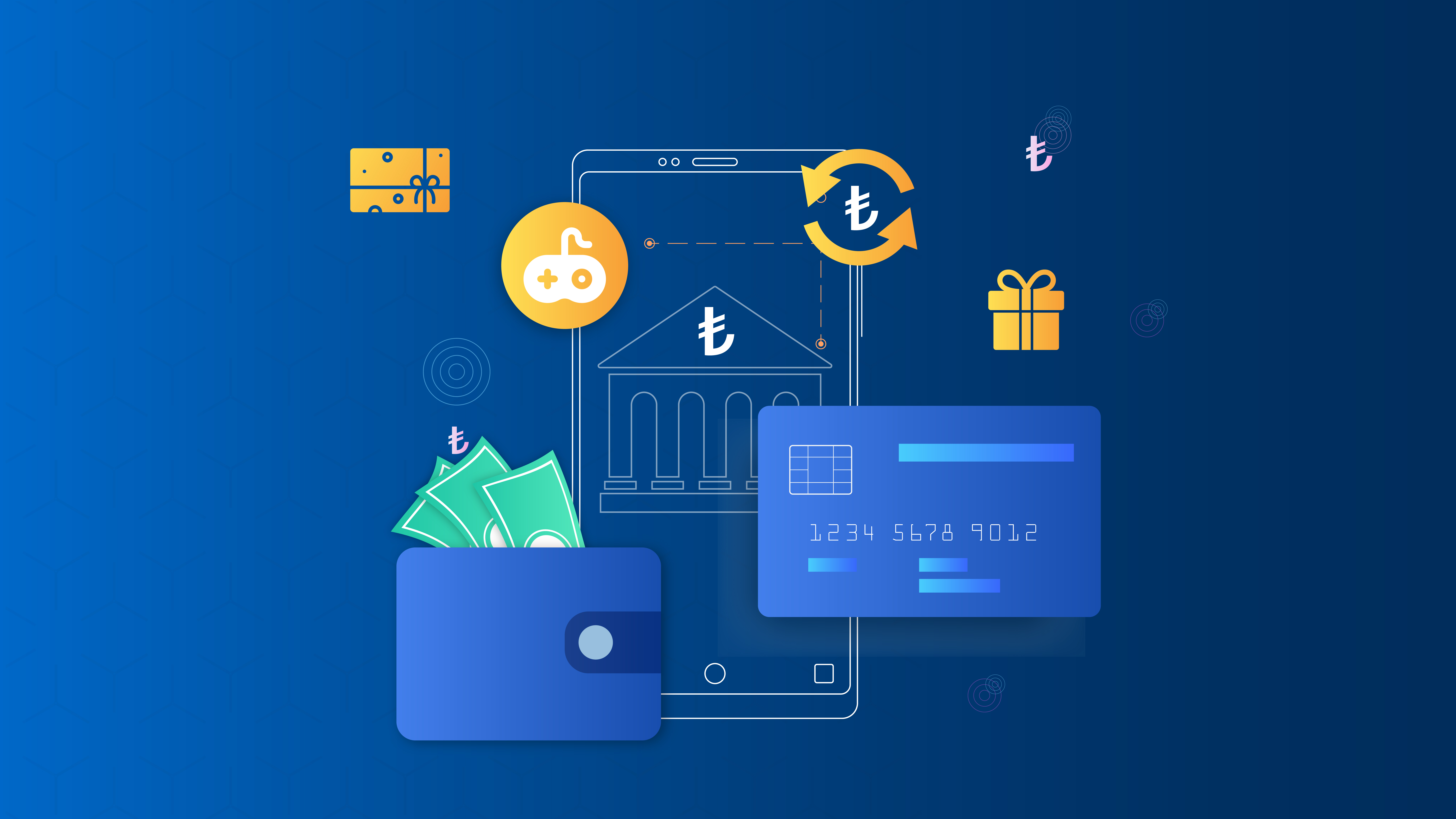
In our previous blog post, we focused on what digital wallet applications mean for e-money institutions. Today, we turn our focus to the banking sector. In this blog post, we will explore how traditional and digital banks have adopted digital wallet applications to achieve the same goal, starting from different starting points in their digitalization processes.
Since 2020, users have been transitioning to digital channels faster than ever before. This shift to digital has sparked a transformation that began years ago and is still gaining momentum. Consequently, it has altered the way businesses operate and interact with their customers, significantly impacting the banking industry as well.
This development, which accelerated the already ongoing transition to online and mobile banking, together with expectations to digitize financial transactions, caused banks to start looking for new ways to serve their customers.
The Use of Digital Wallets by Banks
The digitization process of traditional banks began with the introduction of digital channels such as internet banking and mobile banking. This shift brought services traditionally offered in bank branches into the digital realm. Initially, this did not radically change our everyday payment experience, but traditional banks that originally operated through physical branches later began to introduce digital wallets. During this period, loyalty and card-focused wallets were developed, exemplified in Turkey by card programmes such as World, Bonus and Axess, which heavily emphasized campaigns and promotions.
With this wallet model, traditional banks offered their customers the ability to view their cards in digital wallets, make payments and stay informed about promotions more easily. As a result, users were able to access all relevant promotions from a single point, as well as financial information such as card statements and limits. They also used their digital wallets with NFC and QR payment technologies on POS devices. At this stage, BKM Express, which was initially targeting e-commerce transactions, took the issue to another level by creating a secure wallet capable of storing cards from all banks and enabling transactions using only the first 6 and last 4 digits of the card number.
The main idea we have focused on so far has been that traditional banks aim to transform the existing customer payment experience and provide convenience to their customers. However, with the rise of digital banks today, this situation has started to change.
The most distinctive features that set digital banks apart from traditional banks are their lack of physical branches and their provision of services entirely through digital channels. Unlike traditional banks, digital banks are born digital and, as newly established institutions, their primary goal is to increase their user base. Therefore, digital wallets emerge as applications capable of facilitating rapid customer acquisition, catering to the needs of the younger generation who are more closely connected to the digital world. They can easily adapt to new-age campaigns such as cash back offers. In summary, digital wallets are back on the stage, but this time they are not only for storing cards and offering promotions. They now represent structures capable of meeting users' basic financial needs and providing loyalty programs.
Creating value through the digital wallet
We are currently within an ecosystem where traditional banks, along with digital wallets, enable users, even those without bank accounts but equipped solely with a smartphone and internet access, to conduct various financial activities such as payments, transfers, and accessing credit or insurance services.
In the framework of traditional banking within this ecosystem, the emphasis lies on prioritizing gamification and loyalty programs to provide an enhanced experience for existing customers. Conversely, in digital banking, the primary aim is to achieve initial customer acquisition through cashback, gamification, and loyalty programs. Digital wallets validate their value across various sectors with their seamless integration into e-commerce platforms, the conveniences they offer in banking services, and their transformative effects on different industries such as gaming, telecommunications, and mobility.
Do you need digital wallet software?
At Finartz, we offer tailored digital wallet solutions compatible with the specific needs of your industry, whether you're an e-money company, bank, retailer, or in the mobility sector, through our payment technology platform. With our 100% API-based infrastructure that complies with current demands and regulations, we provide you with a ready-made infrastructure to keep you prepared for new developments in the fintech field.